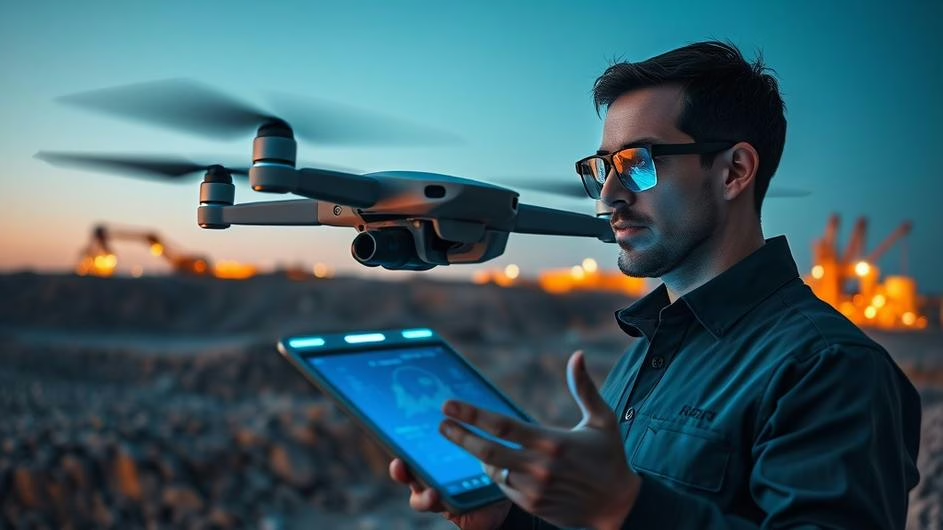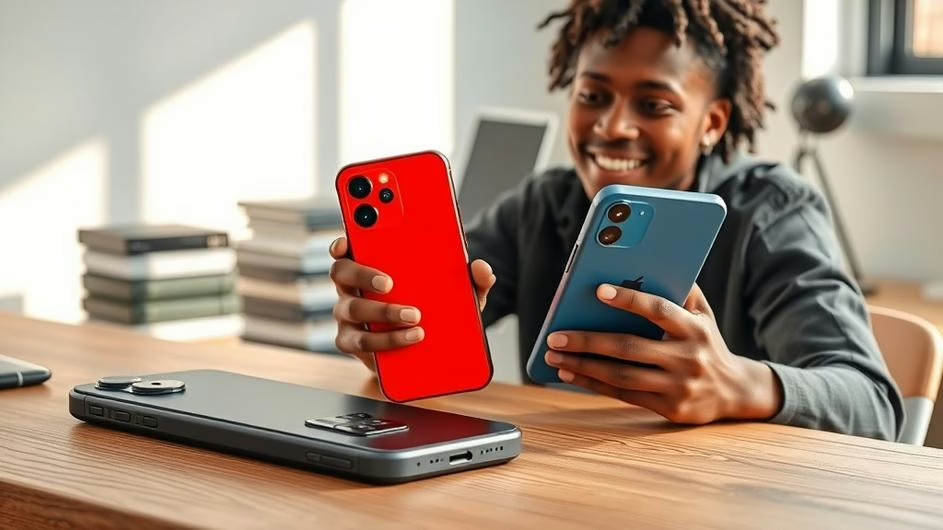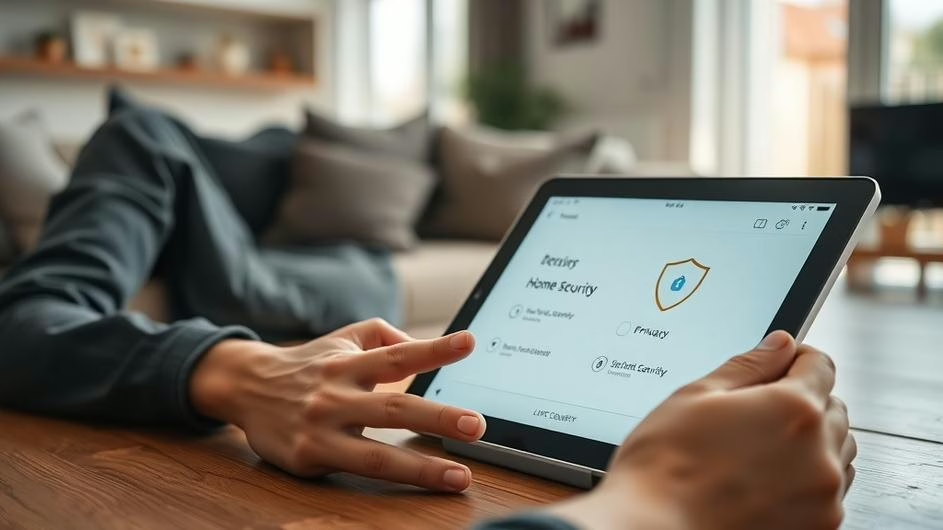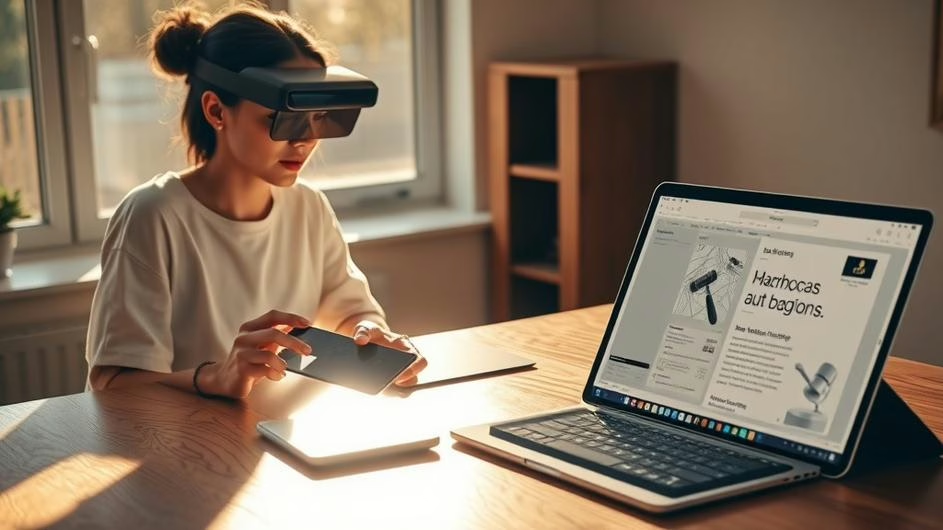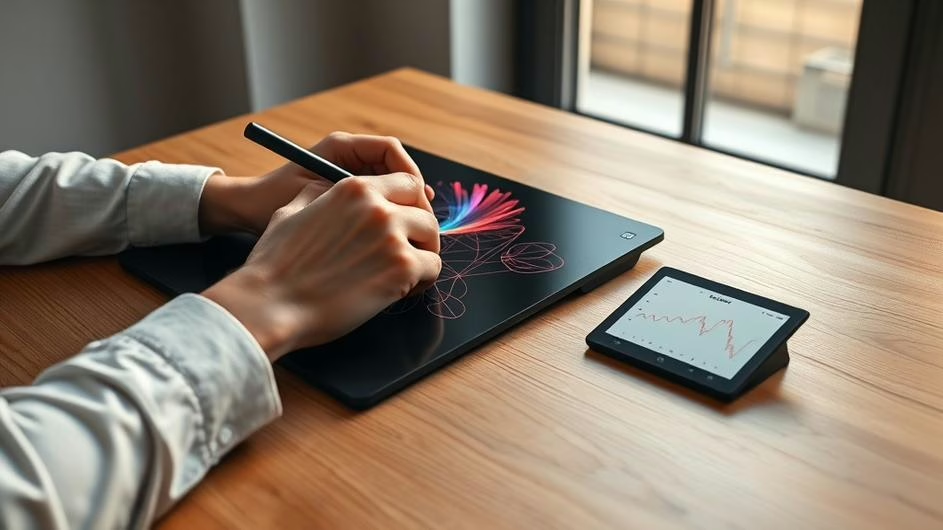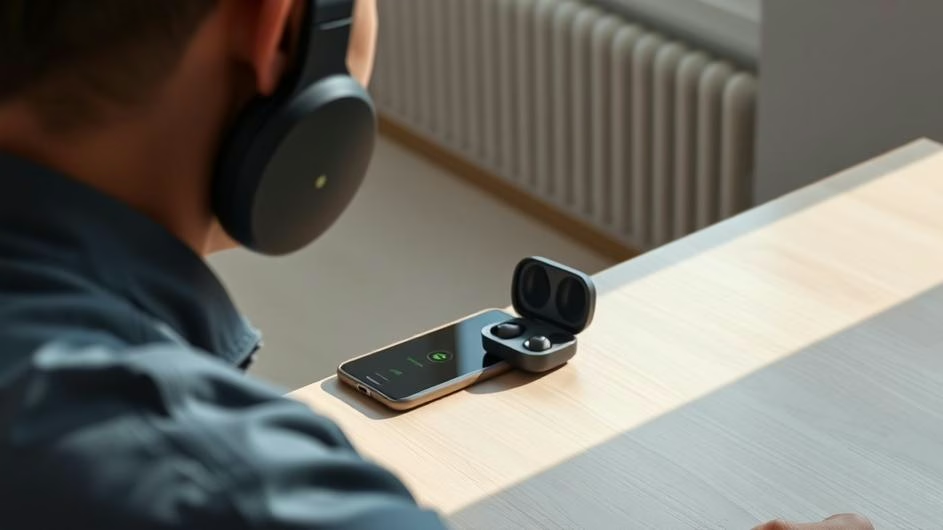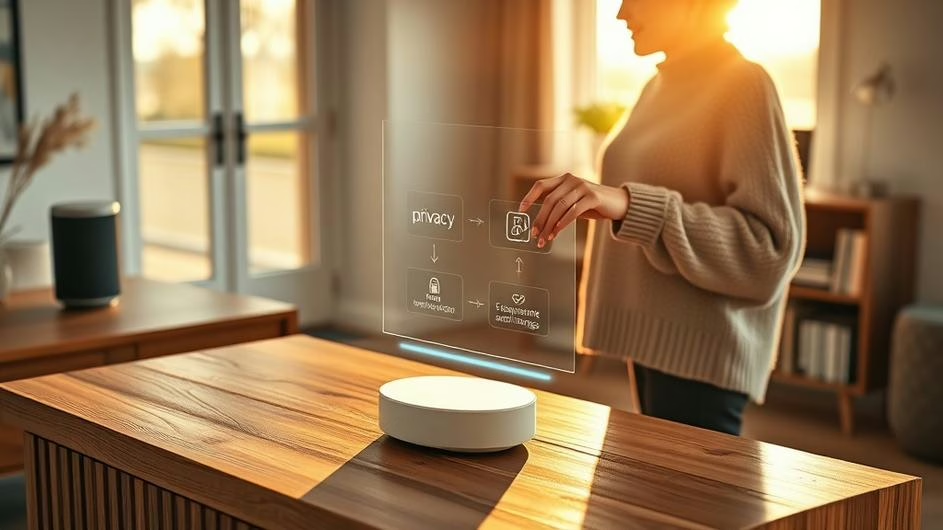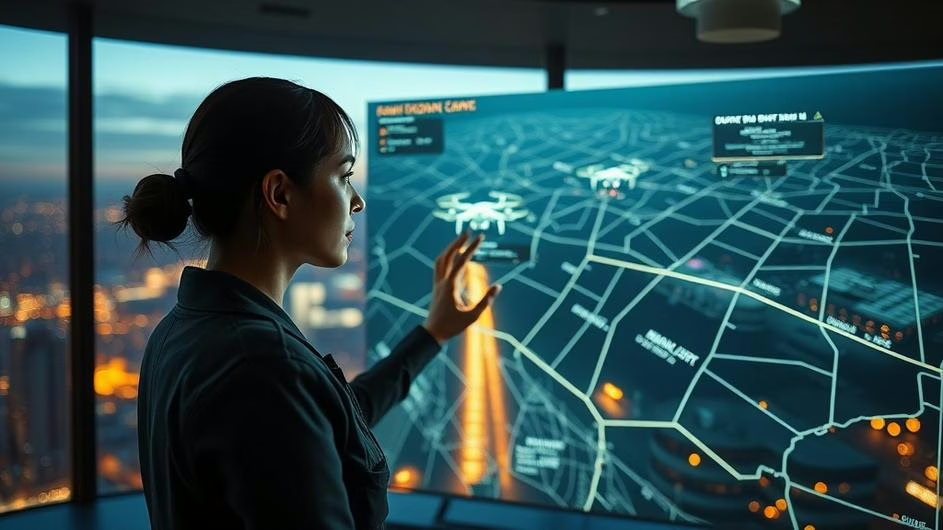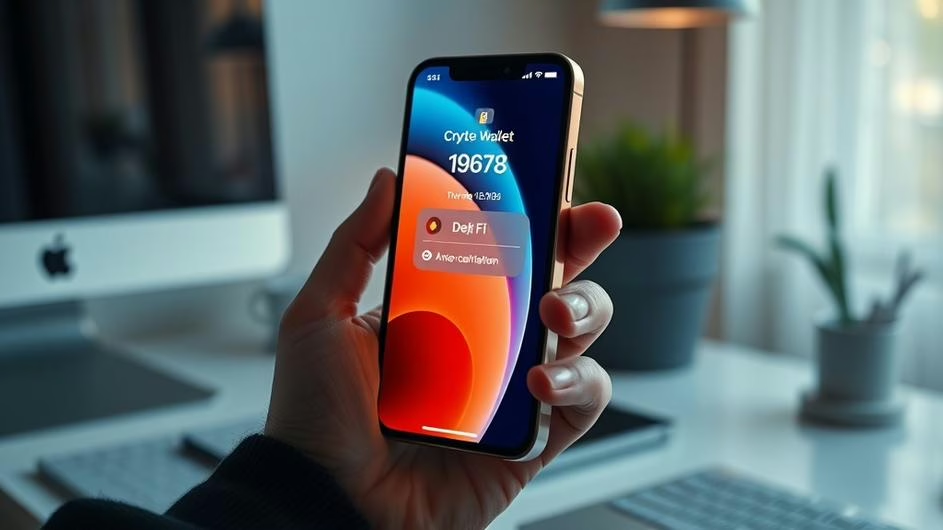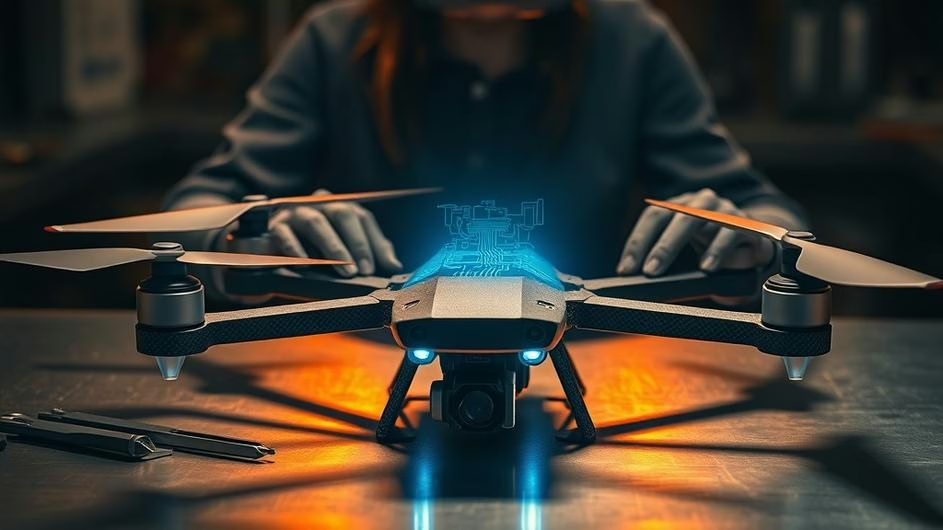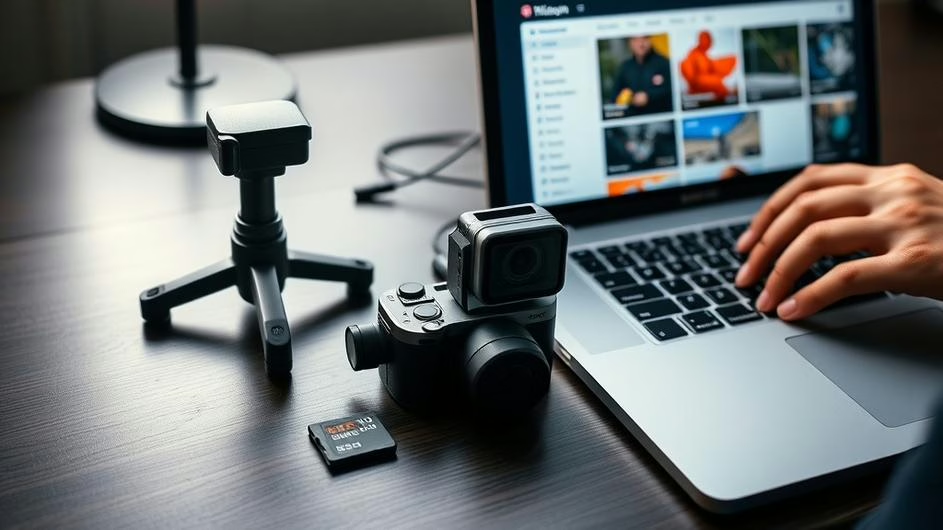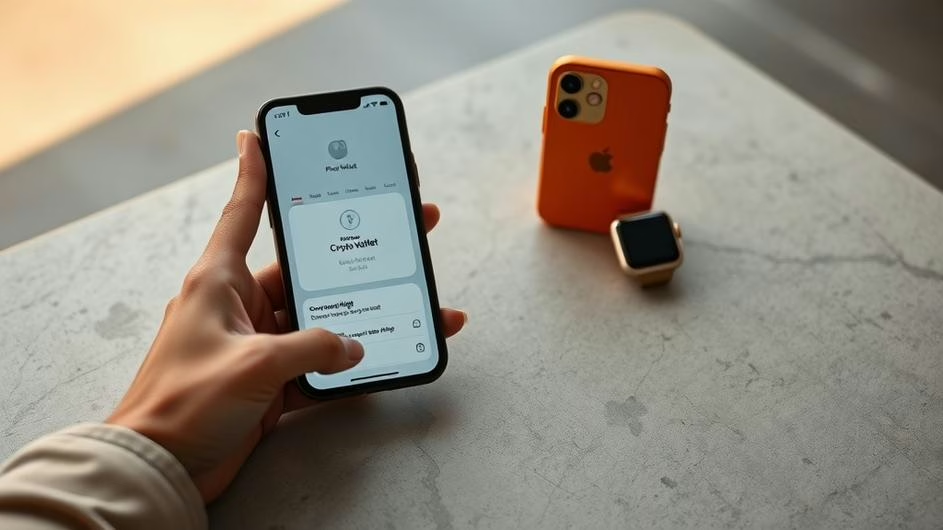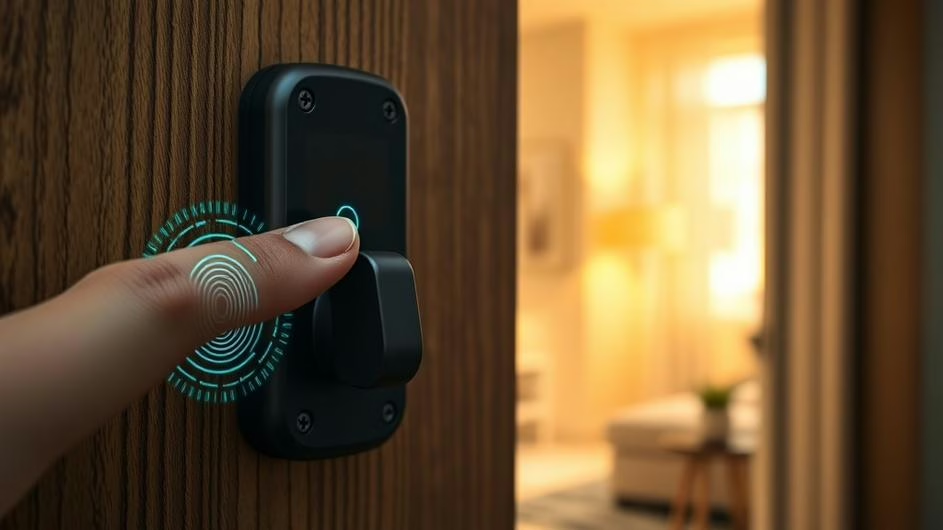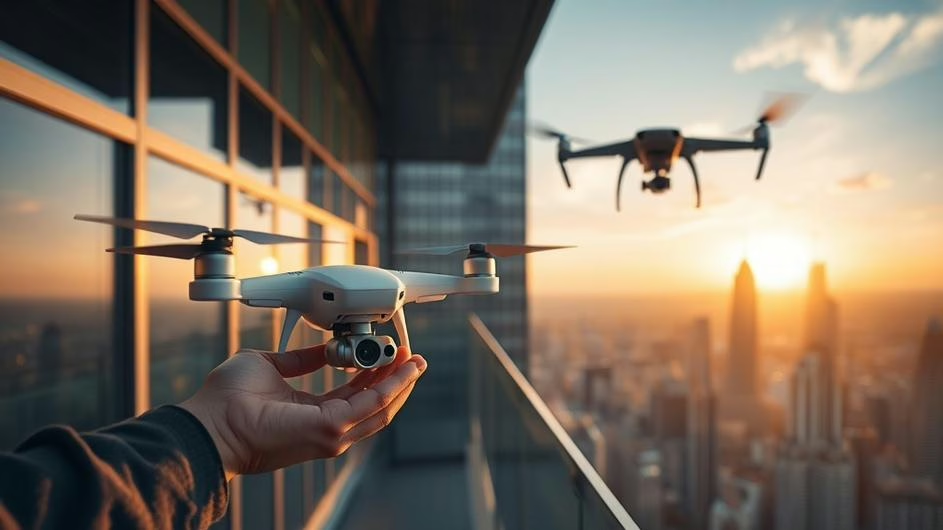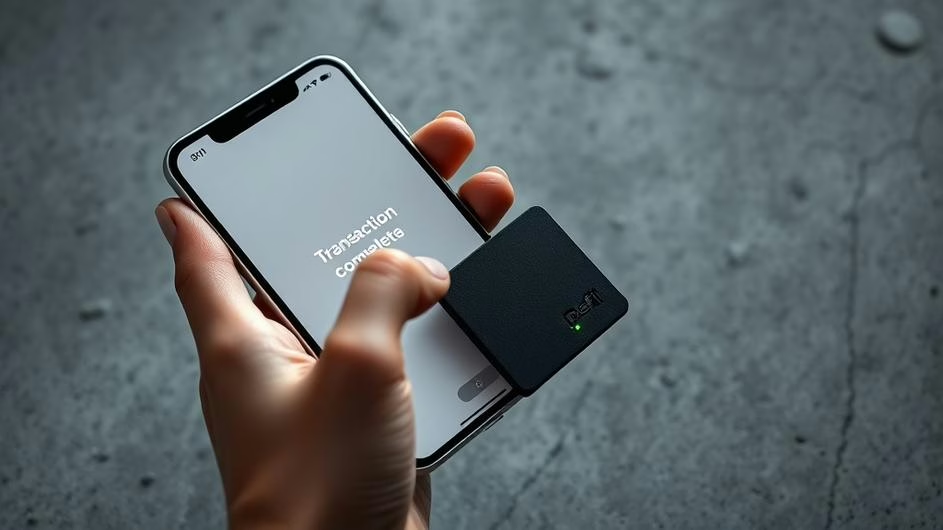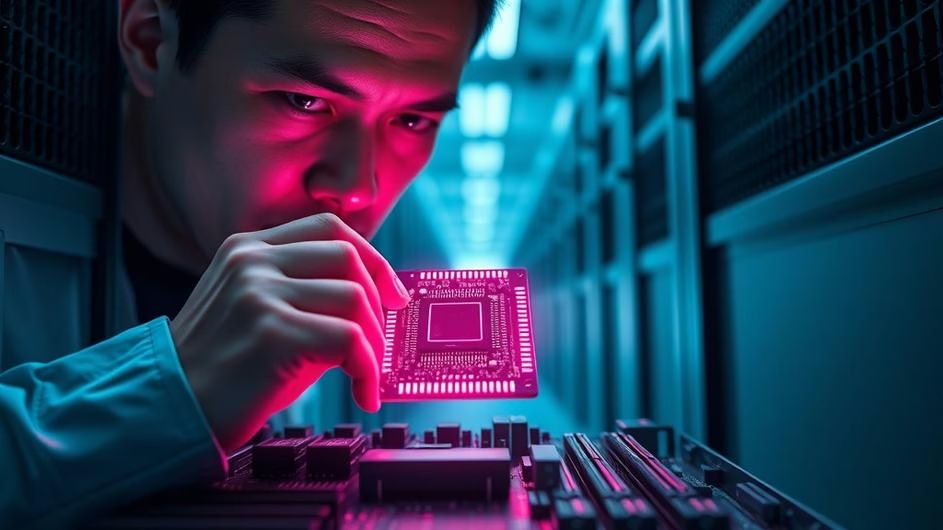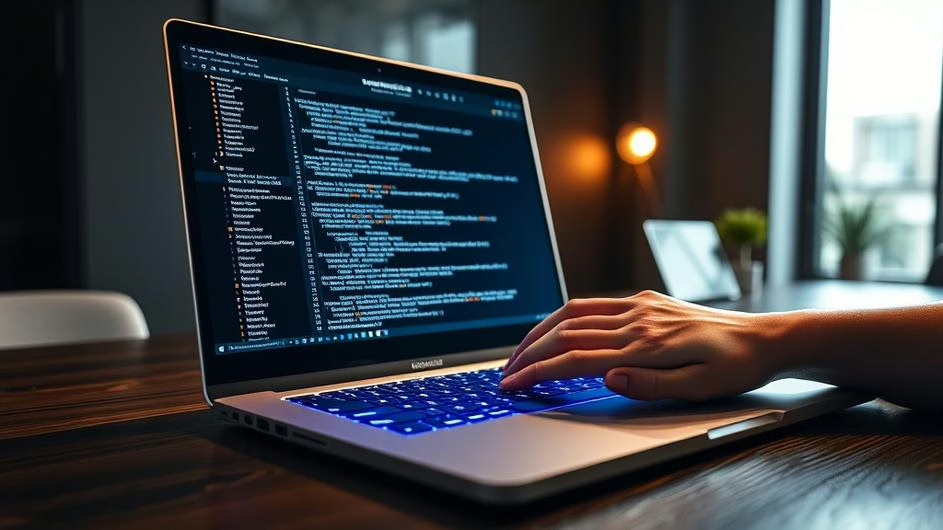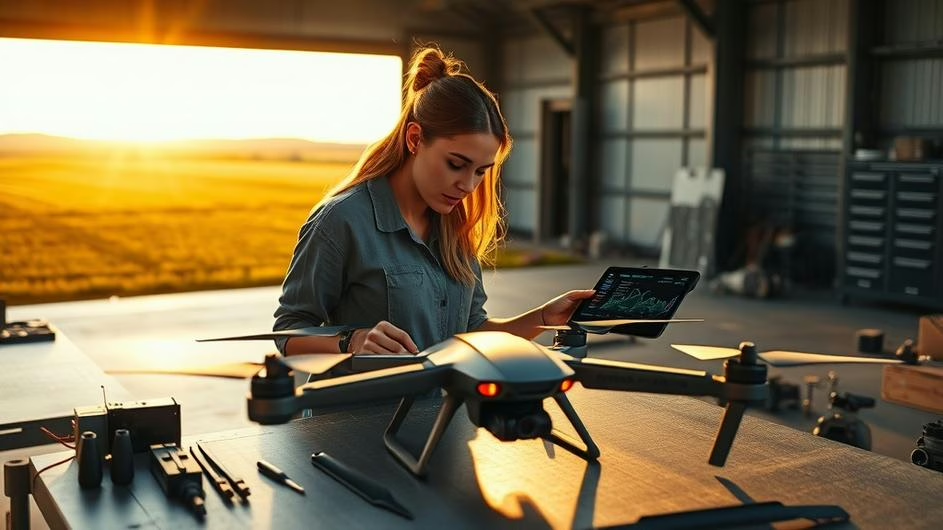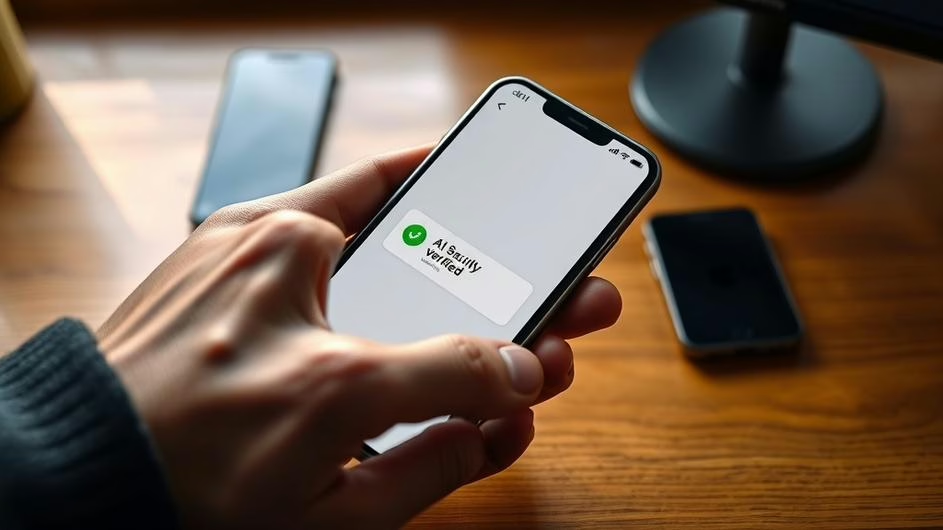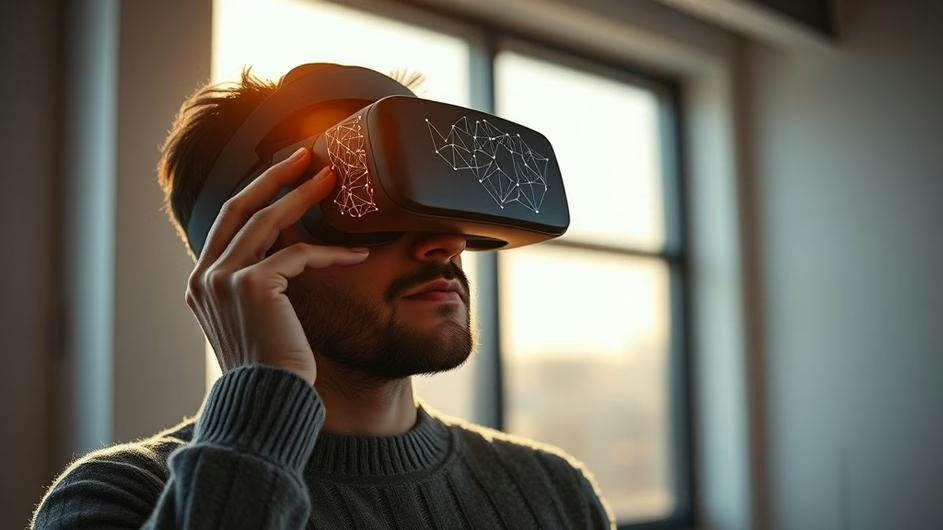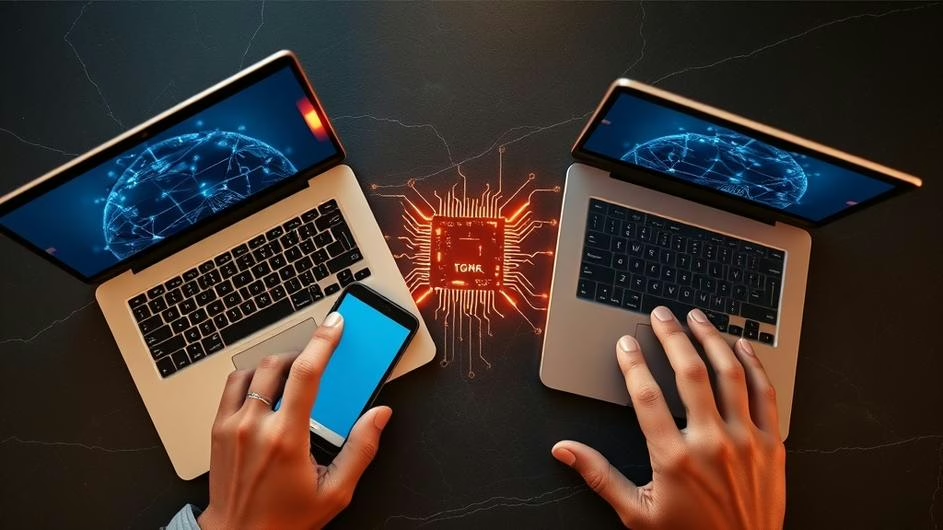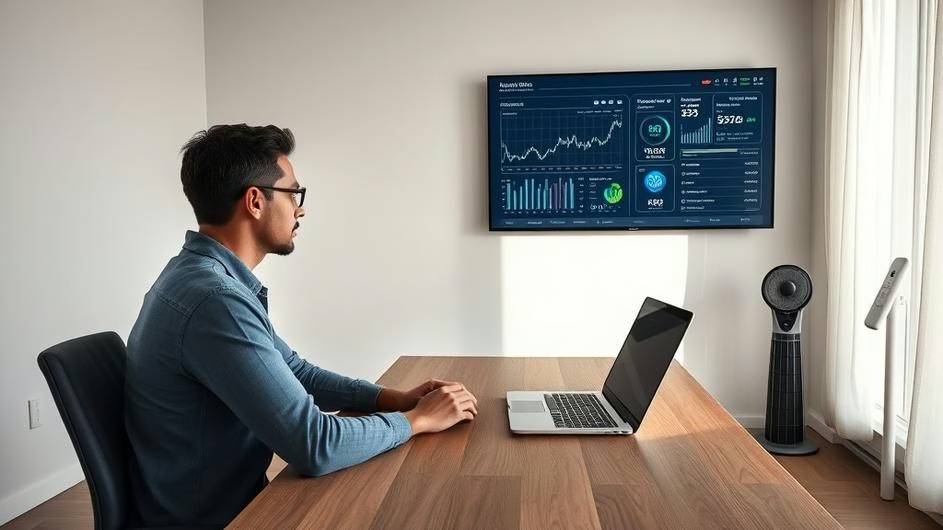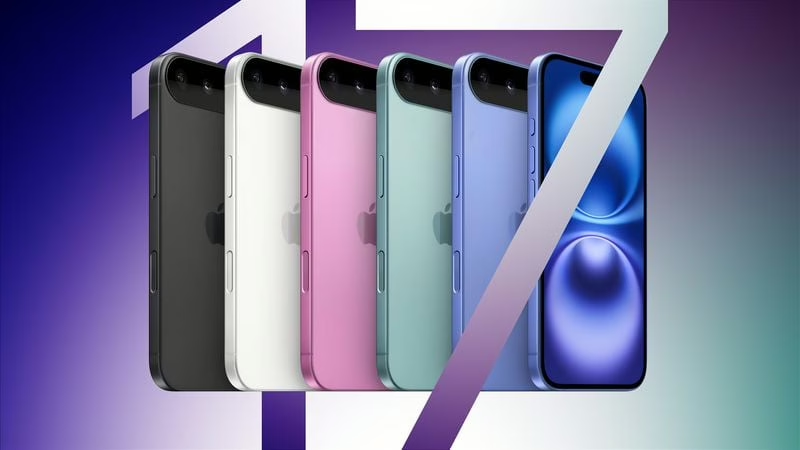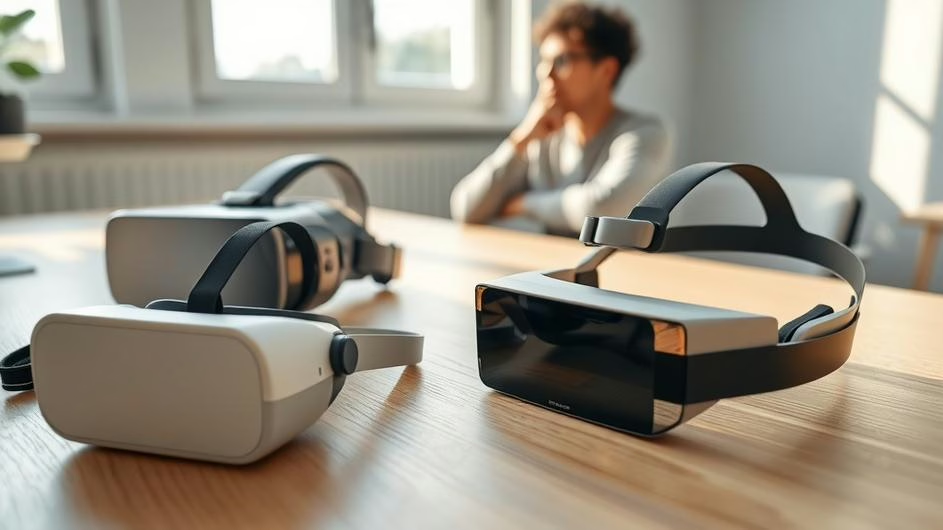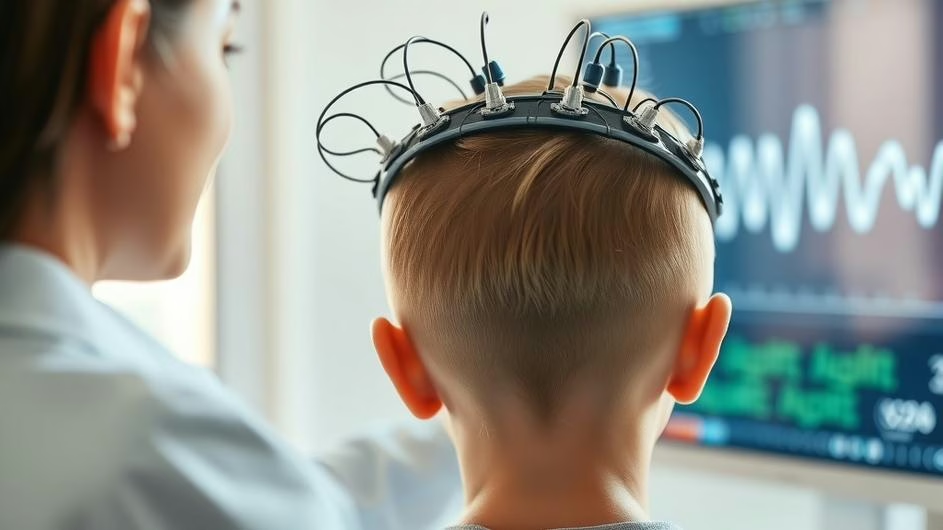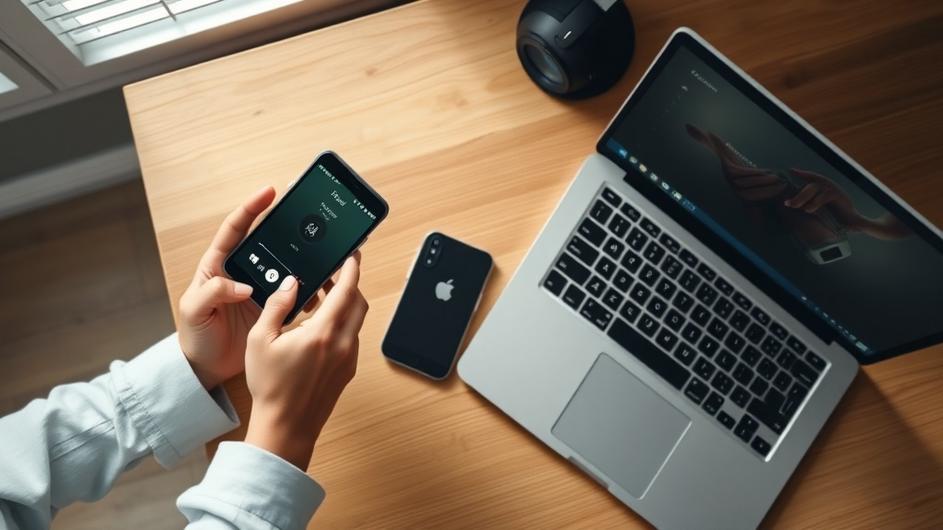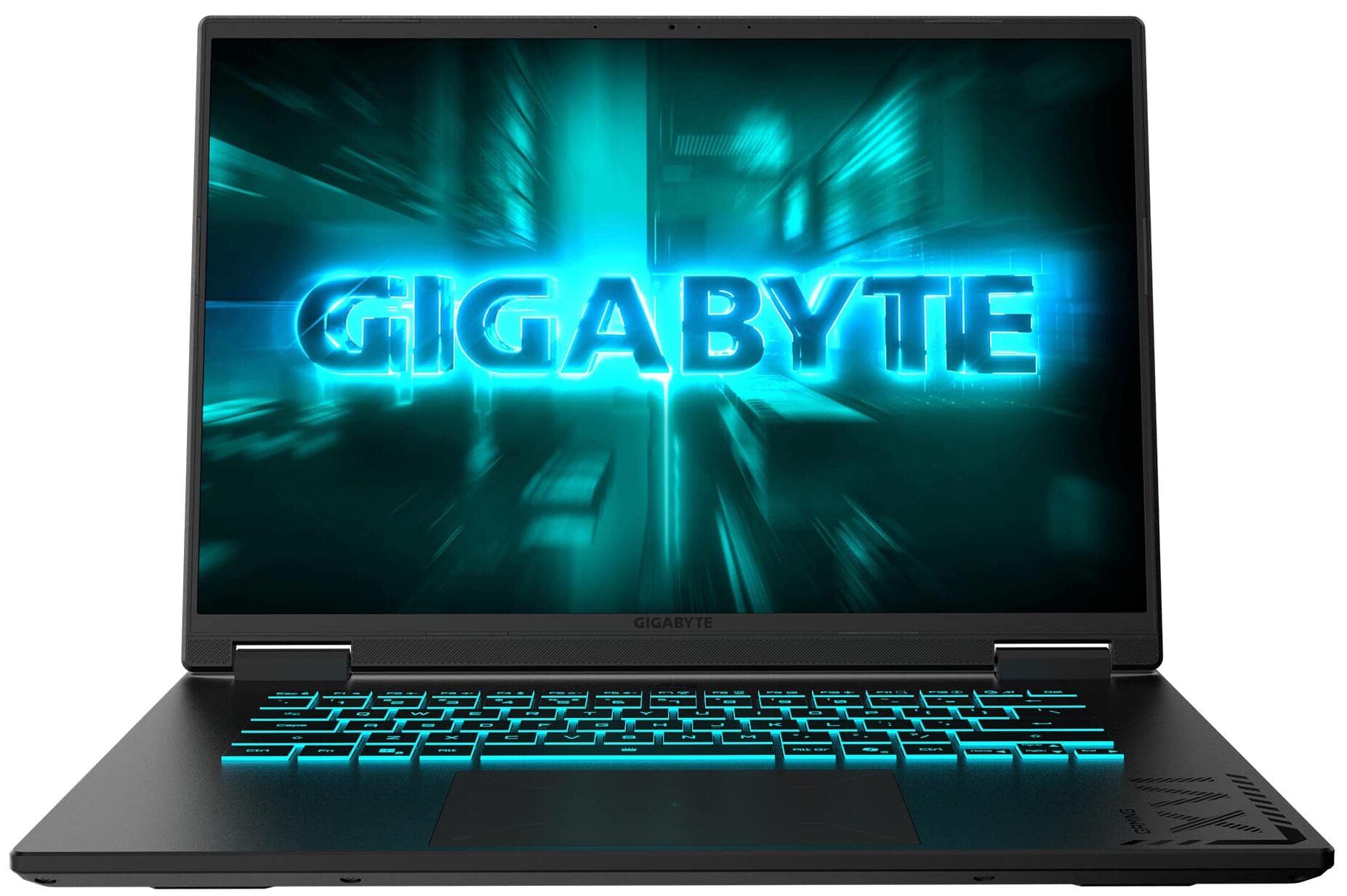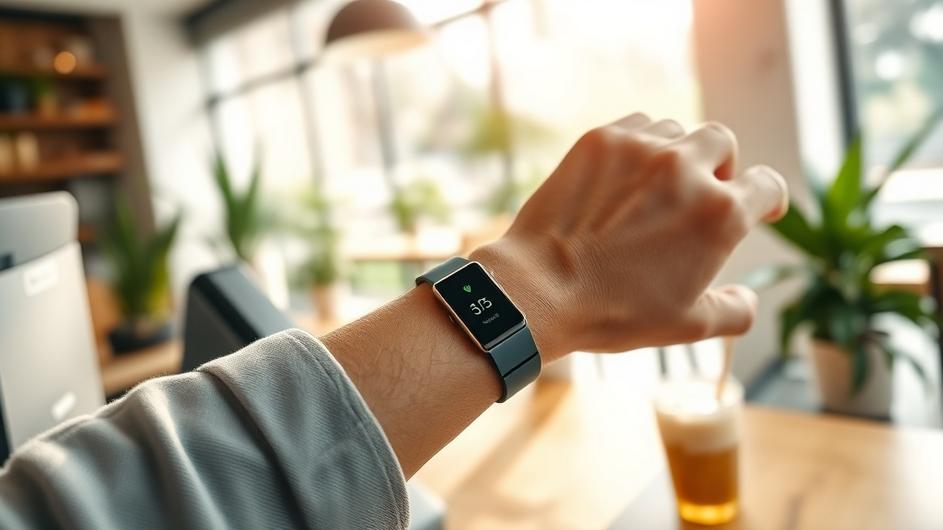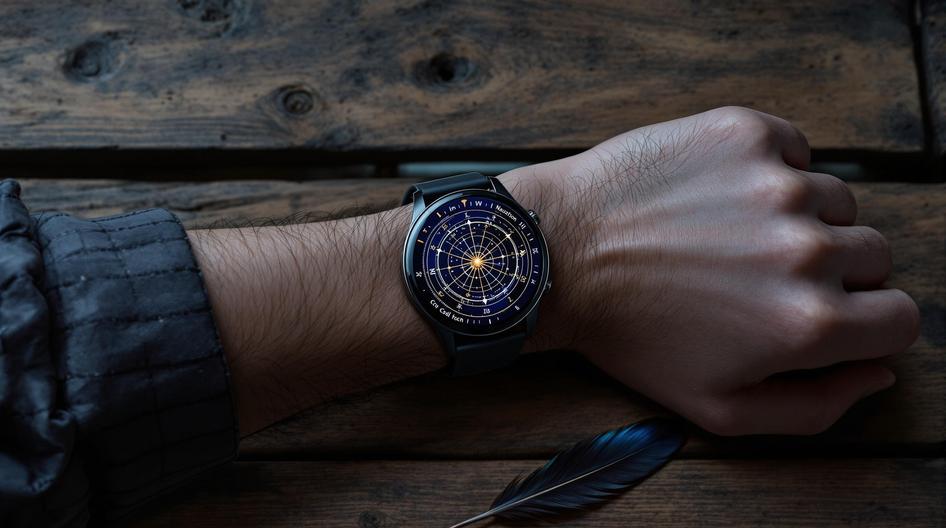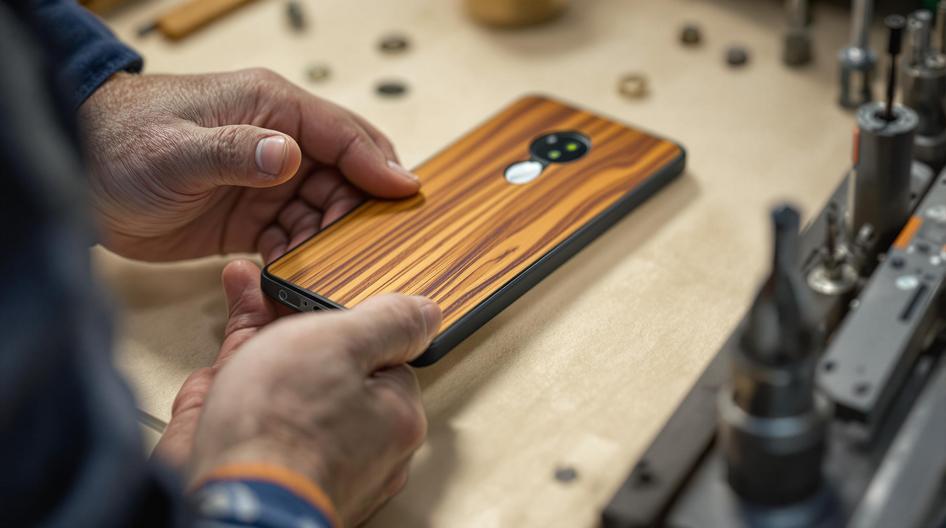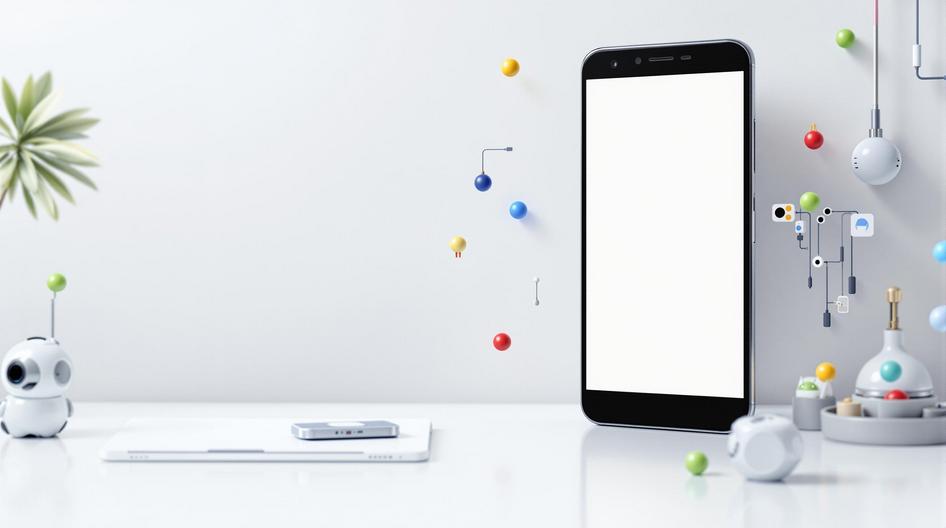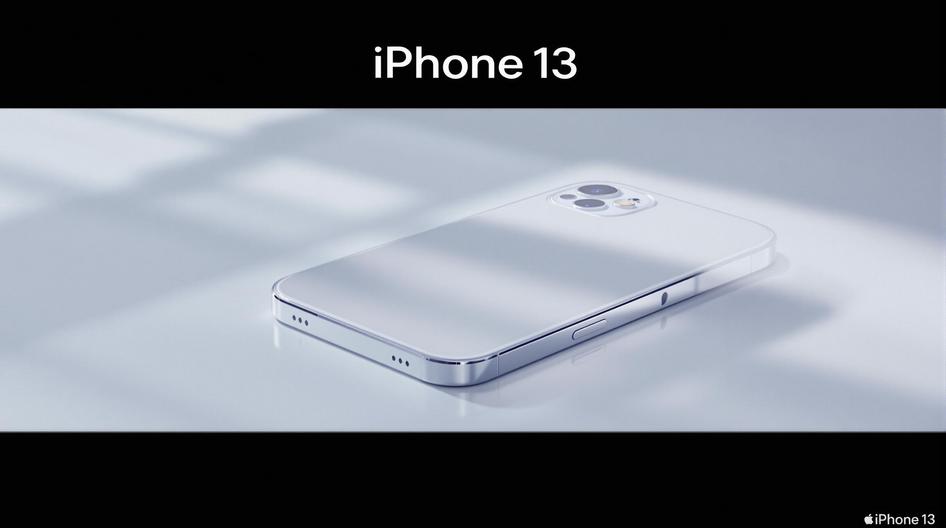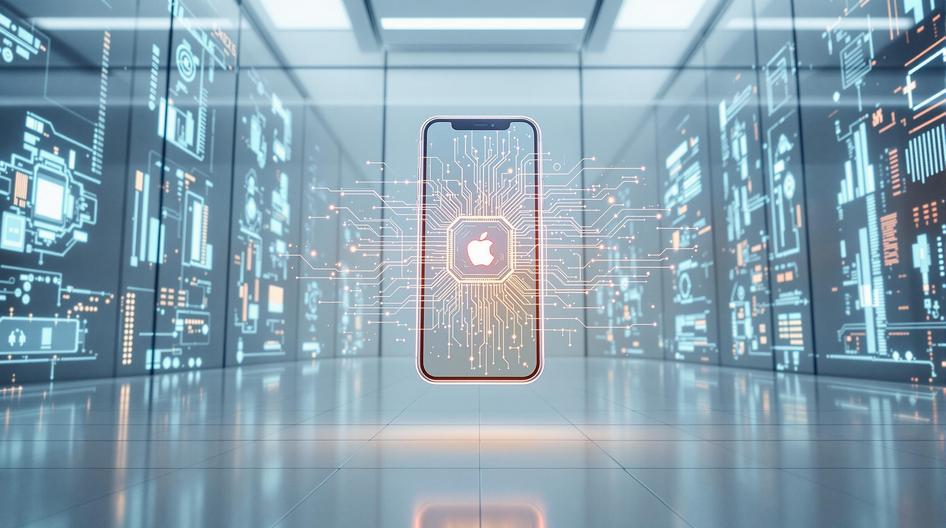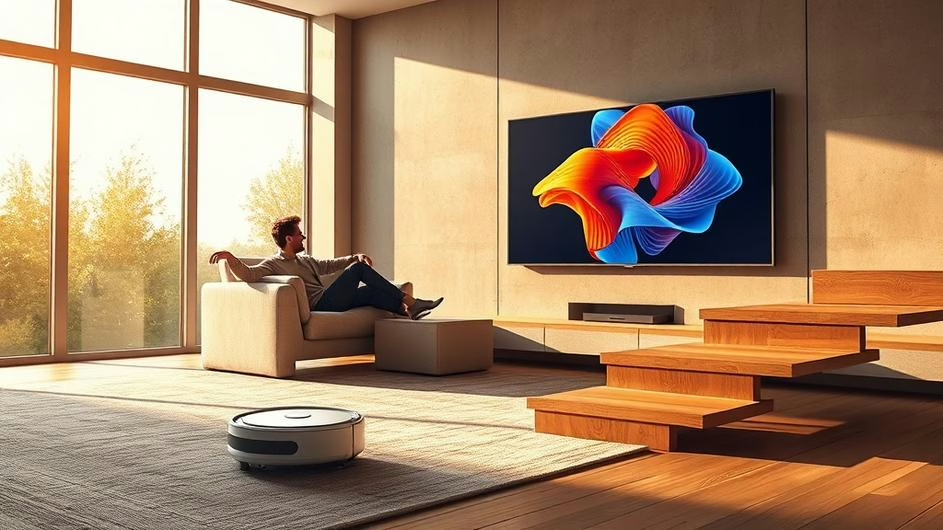
Smarter, Brighter, More Connected: How Emerging Tech at IFA Berlin 2025 and Apple’s Next Moves Are Shaping the Future of Smart Homes
September 2025 just delivered some serious tech heat. Between IFA Berlin’s showcase of next-level gadgets and Apple’s whispered plans for smart home domination, we’re seeing the groundwork for a completely different kind of connected living space. Think 100-inch TVs that rival movie theaters, cleaning robots that actually understand stairs, and AI assistants that might finally get what you’re asking for.
But here’s what makes this wave different: it’s not just about cooler gadgets. The tech rolling out now is setting up infrastructure that could reshape everything from smart home security to how we think about privacy and control in our own spaces. For anyone keeping tabs on crypto and Web3 trends, these developments hint at something bigger than just voice-controlled light bulbs.
IFA Berlin 2025: Where Cinema Meets Your Living Room
Walk through IFA Berlin this year and you’d think someone accidentally merged a tech expo with a film studio. Those massive 100-inch LED displays aren’t just for show, they’re bringing professional-grade brightness and clarity into regular homes. XGIMI’s Horizon 20 Max projector caught plenty of attention with its RGB triple-laser setup pushing 5,700 ISO lumens. That’s the kind of performance that makes your neighbor’s 65-inch screen look quaint.
The audio side got just as much love. Soundcore rolled out their X1 Pro system with wheels, because apparently we needed our home theaters to be portable now. Makes sense when you think about it. Why shouldn’t your entertainment system move with you? TCL kept things practical with their Nxtpaper 5G Junior, targeting families who want decent tech without the premium price tag.
Then there’s Philips expanding their Hue ecosystem beyond just colored lights. Their new lineup includes a video doorbell and the Hue Bridge Pro, mixing ambient lighting with actual security features. It’s smart home convergence done right, where different functions actually talk to each other instead of existing in separate app silos.
Cleaning Tech Gets Seriously Smart
Here’s where things get interesting for anyone who’s tired of their robot vacuum getting confused by a single step. Eufy’s MarsWalker robovac can climb stairs now. Not just bump into them and give up, but actually navigate multi-level homes like they designed it to. AI-powered robotics is finally delivering on promises we’ve been hearing about for years.
Dyson and Roborock took different approaches but arrived at similar conclusions: why have separate devices when one machine could handle vacuuming, mopping, washing, and drying? Roborock’s combo unit is basically a laundromat and cleaning service rolled into one robot. These aren’t just incremental improvements. They’re showing us what happens when AI navigation gets sophisticated enough to handle real-world complexity.
What’s fascinating is how these cleaning bots mirror principles you see in blockchain automation: self-sufficient operation, intelligent decision-making, and minimal need for external intervention. Perfect for privacy-focused setups where you want your devices to work without constantly phoning home.
Apple’s Not-So-Secret Smart Home Ambitions
While everyone was gawking at IFA’s hardware spectacle, Apple’s smart home rumors were generating just as much buzz. Word is they’re prepping their own displays, security cameras, and a completely revamped home OS. But the real kicker? Siri might finally get the AI boost it desperately needs through integration with Google’s Gemini.
That’s a big deal. Current Siri can barely handle “turn off the lights” without getting confused. A Gemini-powered version could potentially understand context, handle complex multi-device commands, and actually feel like talking to an intelligent assistant rather than a very literal robot.
Apple’s smart home strategy has always felt half-hearted compared to their phone and computer dominance. But if they’re serious about privacy-first processing and local device control, it could appeal to the same crowd interested in secure crypto wallets and decentralized systems. Hardware-accelerated computing in a Home Hub could give users real control over their data instead of sending everything to the cloud.

Thread Protocol: The Quiet Revolution
Apple’s iPhone Air announcement included a quick mention that most people probably missed: expanded Thread protocol support. Thread isn’t as flashy as giant TVs or stair-climbing robots, but it might be more important than both.
Unlike Wi-Fi, Thread creates direct device-to-device connections that don’t depend on your home internet staying up. Low power consumption, local mesh networking, and built-in redundancy. If your internet goes down, Thread devices keep talking to each other. If one device fails, the network routes around it.
For anyone building or using Web3 applications, Thread’s philosophy should sound familiar: decentralized operation, local control, and cryptographic security. It’s the kind of infrastructure that could support everything from tokenized device access to blockchain-secured automation without relying on centralized servers.
When AI Meets Art in Your Living Room
Not every innovation at IFA was purely functional. SwitchBot’s AI-powered art frames let you generate custom artwork from text prompts in seconds. Available in sizes up to 31.5 inches, these frames blur the line between digital displays and traditional art.
The connection to NFTs and digital ownership is obvious, but SwitchBot’s frames represent something more practical: AI-generated content that exists in physical spaces. As augmented reality technology improves, expect more hybrid experiences where digital and physical elements merge seamlessly.
What This Means for Crypto and Web3
Here’s why crypto investors and Web3 builders should pay attention to smart home trends. These connected devices are creating new categories of digital assets: tokenized access rights, automated service contracts, and programmable physical spaces.
Imagine renting out unused compute power from your smart home devices through blockchain protocols. Or using NFTs as keys for temporary access to vacation rentals. Thread’s mesh networking could support smart contracts that operate locally without internet connectivity.
Developers working on DeFi protocols recognize these patterns: autonomous operation, cryptographic security, and user-controlled infrastructure. Smart homes are becoming testbeds for the same principles driving decentralized finance and Web3 innovation.
Looking Ahead
IFA Berlin 2025 and Apple’s smart home push represent more than incremental tech improvements. They’re laying groundwork for homes that operate more like personal networks than collections of separate gadgets. AI-driven automation, mesh networking, and privacy-focused processing are converging to create something new.
The next phase will require better interoperability standards, continued focus on security and privacy, and willingness to rethink how we interact with our living spaces. As voice assistants get smarter, cleaning robots get more autonomous, and display technology gets more immersive, the line between physical and digital experiences will keep blurring.
For anyone building or investing in the future of connected living, the message is clear: the smart home isn’t just getting smarter. It’s getting ready to integrate with broader digital economies in ways we’re only beginning to understand.
Sources:
- “The Best of IFA Berlin 2025: 100-Inch LED TVs, 360-Degree AI Drones, Stair-Climbing Vacuums and More” – Variety, September 8, 2025
- “Is Apple Finally Making a Move on Smart Home Tech? 4 Rumored Products We’d Love to See” – CNET, September 8, 2025
- “The Apple Smart Home Is Almost Here: 4 Rumored Devices Could Show Up This Month” – CNET, September 6, 2025
- “This Digital Frame Lets You Make Custom Art For Your Walls in Seconds” – CNET, September 7, 2025
- “A Split-Second Hint in the iPhone Air Launch Shows Apple’s Ready for the Smart Home” – CNET, September 9, 2025

